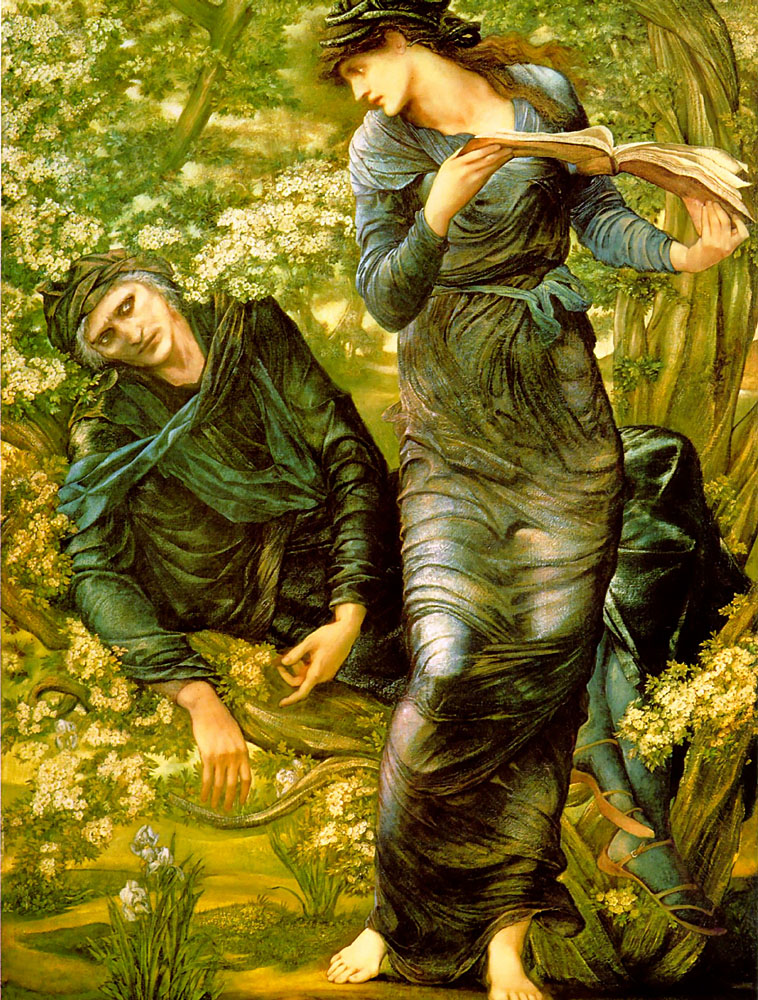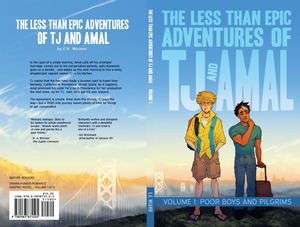 Here are some shiny things that caught my eye recently:
Here are some shiny things that caught my eye recently:
♦ Over at BookRiot, Wallace Yovetich continues her presentation of the libraries of the rich and famous with a second installment. This week she featured the libraries of Neil Gaiman (which we’ve seen before on a Magpie Monday), Sting (beautiful and stately), designers Mark Badgley and James Mischka, Julia Child, and, last but not least, Professor Richard A. Macksey of Johns Hopkins University. At 70,000 titles, Macksey’s library (seen below) boggles the mind.
I would love to visit Macksey’s library, but the next best thing might be this video on youtube!
♦ On the subject of libraries, you might also find this Hobbit House library in Pennsylvania as charming as I do. Architect Peter Archer designed a library for “a serious collector of J.R.R. Tolkien books, manuscripts and artifacts, [who] wanted to create a small cottage to house and protect his collection—a cottage that would bring to life the hobbit dwellings in Tolkien’s Lord of the Rings trilogy.” Below are pictures of the outside and the inside, but click through above to see more images of the Hobbit Library, as well as to the Domythic Bliss post where I learned about it.
♦ Book Nook.
Treat yourself to “Pretty Monsters” by the always fantastic Kelly Link, available at Weird Fiction Review‘s 12 Days of Monsters.
The Palencar Project, March 21st: “The Woman Who Shook the World-Tree” by Michael Swanwick.
♦ Sometimes, as I’m falling asleep, I feel like I’m falling down and immediately wake up. The sensation is disconcerting, and often so alarming I can’t go back to sleep for a while. Thankfully, a scientific study has explained it to me!
♦ I’ve been meaning to write more about the webcomics I frequent, but I always seem to forget, so allow me to direct you to two of my current favorites:
The Secret Knots by Juan Santapau. His stories are strange and mysterious and give me a strange shiver of delight. Santapau writes that “The name of the series comes from something Athanasius Kircher wrote once: ‘The world is bound with secret knots’ which I find somehow connected to the tag line I’ve been using: ‘comics about things we do without knowing why‘. (even though Kircher was talking about magnetism…).” The latest installment, “The True Story of James Alonso,” tells the story of a journalist who embellishes his interviews. I loved it.
While The Secret Knots is usually self-conclusive stories, The Less than Epic Adventures of TJ and Amal by E.K. Weaver is an ongoing story about, well, TJ and Amal, who are on a road trip across the country, having met for the first time at the beginning of the story. The characters are charming, plus the art is lovely, and I look forward to updates. Weaver’s collected the first chapter into a print book, which you can buy here (along with other stuff).
♦ A nice article about The Fantasy Worlds of Imaginative Realism by Kara Lysandra Ross. Here’s a teaser:
Accepting this imaginative style of art as a legitimate form of human expression will broaden the types of subjects mankind can explore. And the artist’s ability to abstract the subject through the realist human form and recognizable imagery may enable the viewer to understand emotions and themes in the real world. What matters is the work’s ability to communicate the human condition.
 Via.
Via.
♦ I’m not terribly sentimental about the houses I’ve lived in. That said, when I learned a year or so ago—thanks to Google maps—that the house I’d rented in Savannah from 1999-2001 no longer existed (demolished for a new road), I felt … odd. Every house I’ve ever lived in still exists, except that one. And now I can find out if other houses where I’ve dwelt will be underwater by the year 2100. Why not be slightly creeped out with me?
♦ Writers’ Corner.
Chuck Wendig dispensed some condensed writing advice this week with 10 things you should know about setting, 10 things you should know about writing screenplays, and 10 things you should know about endings.
If you’re curious about the length of an average book in different genres—as well as the most common perspective (first person or third person)—check out Aaron Stanton’s concrete answer to a longstanding FAQ. I learned that 90% of romance novels are written in third person! Via.
Scott Egan writes about four things prose writers can learn from poets. Via.
If you like to include imaginative swears in your writing, check out the Dictionary of the Vulgar Tongue. Via.
♦ This video may be the sweetest thing I’ve seen in a long time. Cole, a Captain America fan, receives a visit from another Captain America, whose secret identity he knows….
♦ Cameron, how many of these 13 numerically titled films can you name in Evan Seitz’s animated film, 123Filmes? (via)










